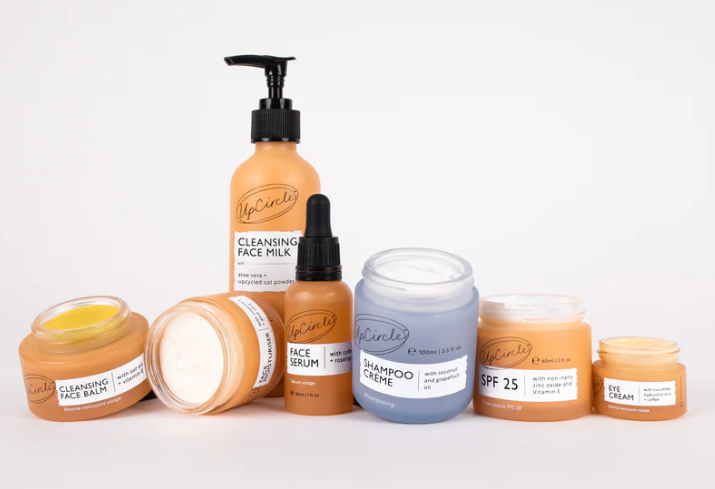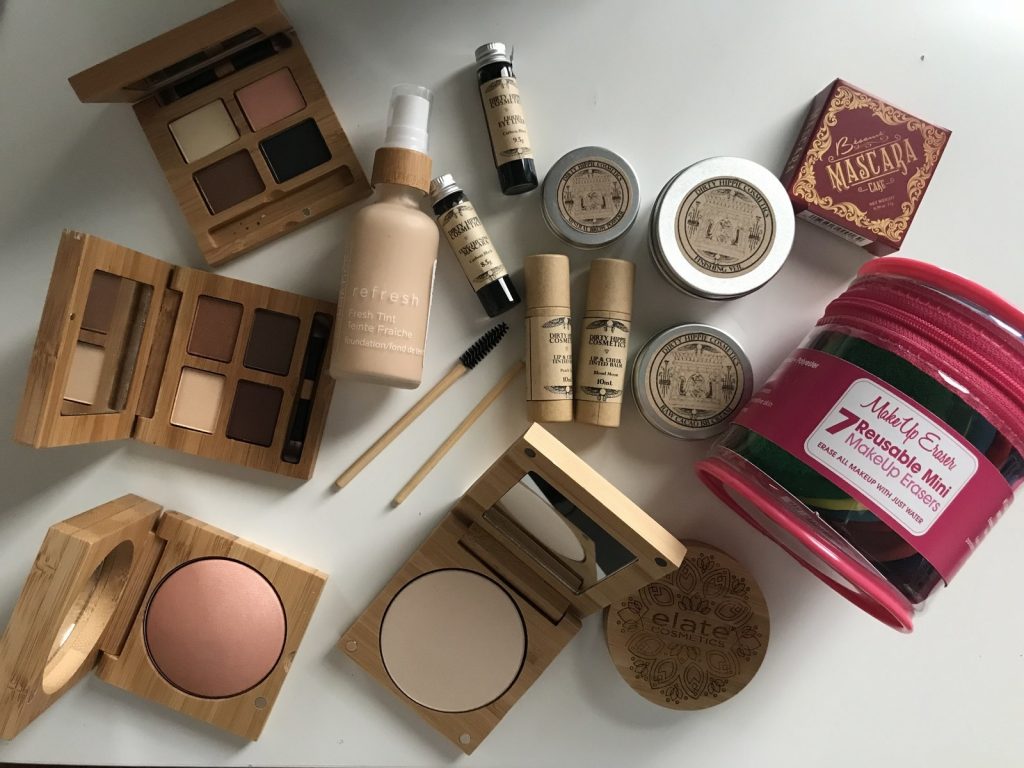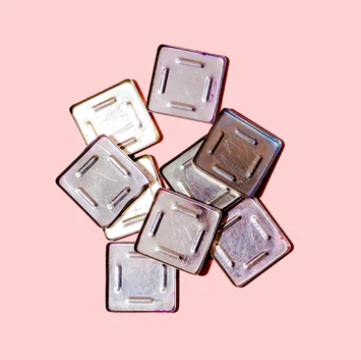As mentioned in my previous blog, cosmetic packaging solutions and requirements are vast and diverse. However, for the smaller brands it is likely that the challenge is greater, despite the fact that the product range may be smaller.
In many cases, smaller brands do not have the sales outlet options, specification control and influence or internal resource / expertise to advise, to develop and deliver optimal solutions. Financial investment is often also required to deliver sustainability whether that be in relation to new packaging materials / formats, or adapting processes / manufacturing equipment to deliver change.
With the speed of change and complexity of differing legislation requirements across countries of sale, it is likely that limited resource in smaller brands will impact their ability to effectively manage the inevitable challenges ahead.
The granular level of data and legislative research required to optimise sustainable packaging selection whilst achieving compliance and managing the cost of EPR and plastic tax must not be underestimated.
Gaynor Denton-Bray
The impact of EPR and plastic tax is significant, which means that it is imperative that accurate data, by component, is managed and reported to ensure compliance is achieved and costs are managed. It is often also a challenge to obtain the level of detail from packaging specifications supplied by third parties to meet the requirements of compliance.
Off-the-shelf packaging solutions, which are commonplace for small and budget brands, do allow cosmetic brands to select packaging suppliers who have sustainability targets and goals, although they might not align with the requirements of the market of sale, which can be complex and costly for brands selling in multiple territories. Off-the-shelf solutions also mean that brands have little influence on innovation or the ability to drive change to improve sustainability, which is a luxury that many leading cosmetic brands have through bespoke development. Despite these challenges, there is evidence of engagement and clear commitment to improving packaging sustainability by smaller and medium sized actors. Good examples of note are:
Upcircle Beauty
Upcircle Beauty is an on-line cosmetic retailer is driving packaging sustainability, encouraging consumers to return packaging for refilling and providing a 20% discount on their products. This approach aims to educate and reward consumers for improving sustainability, which may also increase brand loyalty.

Dirty Hippie Cosmetics
Dirty Hippie Cosmetics offer refill to local consumers but not global consumers to avoid the impacts of CO2 in the shipping process but also collect waste paper from local businesses for packaging as well as utilising post-consumer recycled materials. It is great to see that they are considering the overall impact in their packaging and supply decision making.

Barry M
Barry M advertise on their website step-by-step instructions and videos educate consumers on how to dismantle the eye-shadow cosmetic pallets they are using by separating recyclable and non-recyclable components. Whilst it is great to see the promotion of recycling and clear communication with consumers to deliver effective disposal and improve sustainability, I do wonder how many consumers are going to engage with an 8-step process1.
Barry M have also removed mirrors from their eyeshadow pallets and switched to alternative materials to improve the overall recyclability of packaging solutions.

For smaller brands who have some influence over packaging development, whereby they may have an element of packaging production capability or agreements with packaging producers, the challenge still exists. Many appear to be using the remove, reduce, recycle, re-use criteria with the desire to increase PCR content, particularly in the UK where this has a positive impact on EPR and plastic tax. Again, this demonstrates acknowledgement of the need and a positive approach to improving sustainability.
Much like the larger leading brands, there is a clear desire to change and improve, and steps are being taken, but is it enough? I don’t believe so, I think there is much more that can be done which would benefit both the environment and brands alike.
There are a plethora of options and solutions available to reduce the negative impact of cosmetic packaging on the environment whilst driving recycling rate improvements or refill and reuse capabilities.
I firmly believe that to deliver the optimum sustainable packaging solutions, the following points are key, alongside capabilities, costs and supply chain considerations/requirements:
- Live and accurate packaging data, centralised and efficient data collection, storage and reporting
- Collaboration – create a network of trusted partner to provide unbiased information to drive change and mitigate risk
- Informed and effective packaging strategies that are aligned with legislation, retailer/sales outlet requirements and capabilities
- Packaging innovation where applicable
- Strategies to educate consumers to ensure innovation and change drivers are communicated to avoid negative impact and greenwashing
Some businesses may not have the internal expertise or resource available to deliver the required level of change. However, inaction will have a bigger impact in the long term.
Gaynor Denton-Bray
Improving sustainability to protect our environment remains at the forefront of media discussion and is driving legislative change. This is likely to continue, with consumers being educated on the need for sustainable selections and encouraged to research the companies they are purchasing from to make environmentally conscious decisions1.
Overall, a good start across the industry in embracing the need and having the desire to deliver more sustainable packaging solutions. I look forward to seeing bigger change, at speed, across the entire industry.
For those brands, product and packaging manufacturers who are not equipped to deliver against the challenges sustainability brings, it would be great to hear from you. Here at Aura, we have the tools and industry experience to help you with your journey.
We strive to support all brands and retailers (big and small) to make positive sustainable improvements. It all starts with data and awareness; not only do we have a revolutionary e-halo platform to capture live granular packaging data but we also have a team of consultants to help and advise on everything from global packaging legislation to structural packaging solutions. Whatever your need, please get in touch we would love to help you achieve your sustainability goals.
